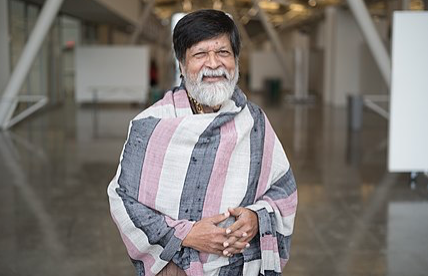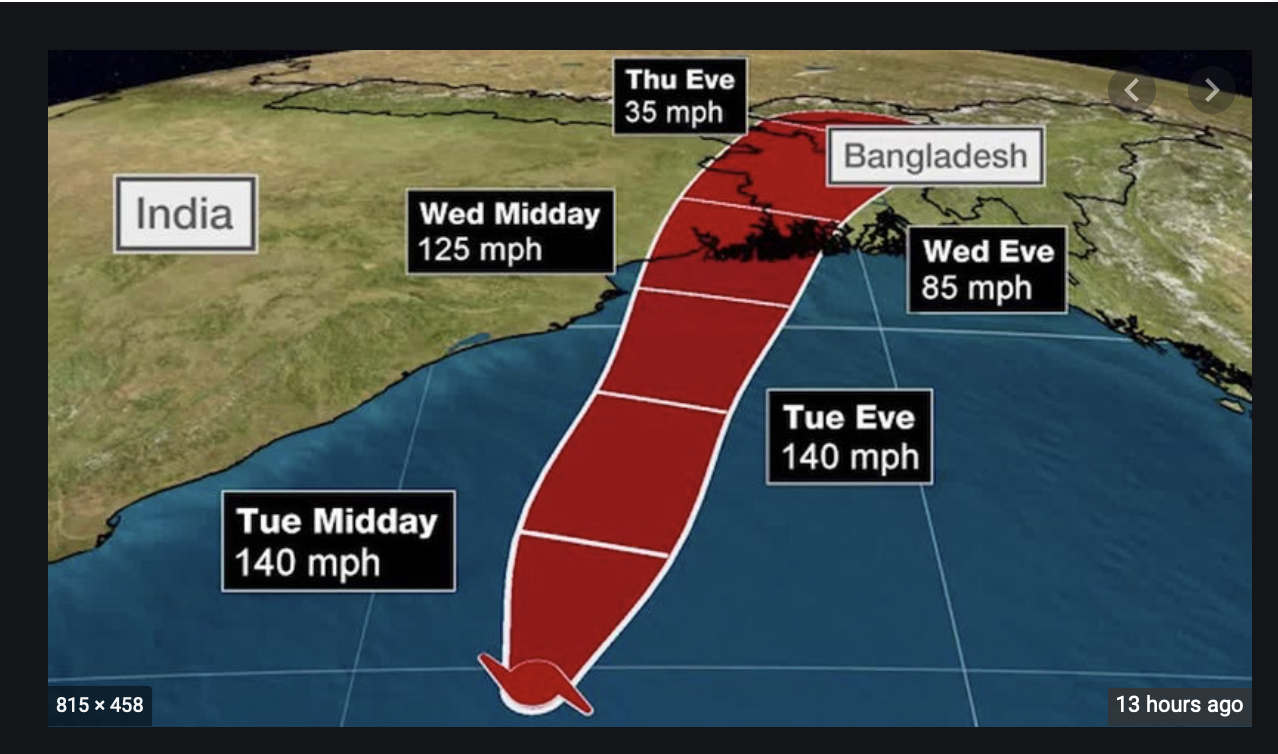Updated 22 May 2020
“Until we build a world for all of us, it’s almost like humanitarian efforts are just putting a band-aid over life-threatening wounds.”
-Michael Koppinger
Views on the COVID-19 pandemic from the majority world
The majority world
First, a comment on naming.

It is not the “Third World” or the “developing world” or even, as I have used in the past, the “Global South.” It is the majority world, the part of the world that has the most people. This term “…defines the community in terms of what it is, rather than what it lacks”, and are were encouraged to use it by the person believed to be the creator of the term, Bangladeshi photojournalist and activist Shahidul Alam.
Here in the minority word
With the specter of what happened just over 100 years ago with the Spanish flu, massive and deadly second and third waves, government leaders in Italy, France, the US, and elsewhere are weighing the decision to ‘re-open’ their economies and transition away from ‘shelter at home’ directives. The debate tends to fall along political lines, and core arguments can be condensed to (1) we must stay the course on social distancing measures until critical benchmarks defined by medical science and epidemiological research are met (and hence avoid a Spanish flu-like disaster) and (2) we need our freedom now, we need to make a living, and herd immunity is the only option I the long run. With the unemployment rate nearing 15% in the US, for example, many on the margins are indeed suffering.
Most on both sides of this debate in the minority world (aka Global North, ‘developed world’ or First World) likely little understand the privilege of even having this decision to make. Through my research I am in regular contact with many majority world humanitarians and refugees (most are refugee humanitarians). Though COVID-19 is a major game-changer here in the US and elsewhere in the minority world, my contacts have another perspective.
Read the words below, a poem by a Rohingya activist Kai Sayr:
Solution?
The simple fact is that in much of the world self isolation and social distancing are just not possible. Consider the city of Dhaka in Bangladesh with a population of nearly 20 million, with at least half living hand to mouth. The solution that Kai suggests has good logic behind it. Indeed, could the rich help keep the poor at home by providing enough food?
Here’s a thought.
Jeff Bezos and the other multi-billionaires, if they so choose, could feed the poor in the short term with zero impact to their quality of life. Not ‘eat the rich‘ exactly, but at least be fed by the rich – while pointing out the moral failure of a dehumanizing neoliberal system that has glorified the normalized gluttony and greed at a scale that is now destroying the planet. I’ll respectfully disagree with Kai on his point that we need to restore the world to ‘its normal social equilibrium.’ We need a ‘new normal’ where the structures that allow for extreme pooling of wealth are confronted and altered. As the anthropologist Miles Richardson said long ago, “the problem of the poor is not the problem, the problem is the rich.”
In reference to Kai’s poem one of my students, senior Michael Koppinger, had this to say,
“While I think the concept of a “Hunger Virus” is rhetorically effective, it doesn’t place blame on anybody. Hunger doesn’t come from nature like a virus, at least not anymore, it comes from capitalism and the many heads of the hydra that keep it running.”
Very good point.
That discussion aside, the harsh reality is that COVID-19 has a different and even more ominous meaning in the majority world.
Here’s how one Bangladeshi humanitarian put it,
“When the COVID-19 was first detected, people here were curious and concerned about what is going to be happened in Bangladesh. The first case was identified in Bangladesh on 8th March. After that [there was] tension and fear everywhere. MSF staffs are very much anxious about the situation, and 80% of discussion of total discussion is about COVID-19.
People in Bangladesh are in panic as they don’t rely on government statistics and their measures. Still they have only limited facilities to test corona.
The other issue is countrywide lock down. Many people lost their jobs. Almost half of the people are day laborers who earn money first then eat. They are in serious condition, they said we are not dying from corona but from hunger. They said give me food first, then ask me to stay in HOME. The government is giving some relief but it is very limited than needs. I assume that it is 10% of the needs.”

In the refugee camps, the situation is even more dire. There are now confirmed cases or COVID-19 within the massive and sprawling refugees camps in Cox’s Bazar and, as I write this, Cyclone Amphan churns in the Bay of Bengal, an immanent threat to those in the camps. COVID-19 cases have also been identified in Syrian refugee camps in Lebanon and also in refugee camps located in Juba, South Sudan.
‘Shelter in place’
Here in the minority world -in my case in North Carolina in the US- we are being asked to ‘shelter in place’ and if we do need to go out in public to wear a mask. Those in the minority world do not have this option, many facing starvation if they stay at home. The World Food Program warns of a ‘hunger pandemic’ as COVID-19 impacts food security in the majority world.
The ‘hunger virus’ that Kai Sayr writes about above is real, virulent, and is ravaging many hundreds of millions.
As always, you are welcome to contact me here with comment or feedback.
Post script
More from Michael Koppinger:
“While I think the concept of a “Hunger Virus” is rhetorically effective, it doesn’t place blame on anybody. Hunger doesn’t come from nature like a virus, at least not anymore, it comes from capitalism and the many heads of the hydra that keep it running. I could write an entire separate paper on all that could have been done and put in place to help lessen the damage COVID-19 has caused. In capitalism, there is no market incentive to do things right, and even less incentive to mitigate the negative effects of the cultural disintegration caused by a Pandemic such as this. What capitalism has been incentivized to do, is create a more fragile world that a virus like this can wreak havoc on.
In class, we’ve discussed how the neoliberal perspective is a little bit rose colored when it comes to the free market, how it puts a happy face on the invisible hand of the free market. Put simply: the happy mask has slipped due to COVID. More than ever, people are waking up to the glaring inequalities and the issues they cause. Before this, in general, people were content to get theirs and not worry so much about the other guy. Now, it seems intuitive that we need to take care of everyone to take care of ourselves, even people who don’t need a stimulus check are fighting to get it for others to help keep them home, and ultimately protect themselves. … What happens to one of us, happens to us all. Until we build a world for all of us, it’s almost like humanitarian efforts are just putting a band-aid over life-threatening wounds.”



 Follow
Follow